Tips on How to Plan for Early Retirement
Many of us dream about quitting the 9 to 5 grind, shutting down the business stress, or just kicking back to finally pursue hobbies that don’t necessarily pay the bills—but fill the heart with joy. That’s what early retirement is all about. Sounds dreamy, right?
Early retirement isn’t just about leaving work; it’s about planning life after work. If you don’t prepare well, the “freedom years” might turn into “stress years.” So let’s break this down in a simple way.
What Does Early Retirement Really Mean?
Traditionally, people retire around 58 to 60 years of age. But these days, many are chasing the idea of retiring 5, 10, or even 20 years earlier—some at 50, some at 45, and a few even at 40! That’s a whole extra decade or two of doing what you love—but only if you’ve prepared for it.
Tips to Plan for Early Retirement
1. Decide What You’re Going to Do After Retirement
Here’s the funny thing: most people focus so much on when they’ll retire, they forget to think about what they’ll do after retiring. Imagine waking up one morning with no office emails, no boss, no Monday blues… but also no plan. You’ll get bored faster than you think!
So before you take the leap, ask yourself: Do I want to paint, travel, blog, volunteer, consult, or maybe start something small that excites me? Your hobbies can also bring in pocket money (like vlogging, freelancing, or mentoring). Remember, retirement isn’t the end of life—it’s the beginning of a new one.
2. Test the Waters with a Sabbatical
Think you’re ready to retire? Try a “trial run.” Take a sabbatical or an extended leave—say 6 months to a year. This way, you’ll get a real taste of what life feels like without the daily grind.
One of my colleagues did exactly this—she thought she wanted to quit but realized after her 6-month break that she only needed some rest, not retirement. A sabbatical is like dipping your toes in the pool before jumping in.
3. Say Goodbye to a Regular Paycheck
Here’s the harsh reality: after early retirement, that monthly SMS saying “salary credited” will stop showing up. Sure, you can freelance, start a blog, or try side gigs, but the income won’t be steady. Some months you might earn well, others you may earn peanuts (or just peanuts’ shells).
So, don’t fool yourself into thinking your side projects will always cover the bills. You need a reliable backup plan.
4. Expenses Will Keep Rising (Thanks to Inflation!)
Even if you’re thrifty, you can’t escape inflation. Your ₹50,000 monthly expense today could easily become ₹1,00,000 in 10–12 years. Just look around—fuel, food, healthcare—everything is getting pricier.
So, when planning, always add 6–9% growth in your expense estimates. Think of it as inflation’s way of gatecrashing your retirement party.
5. Don’t Rely Too Much on Fixed Deposits
Gone are the days when FDs gave 8% – 9% returns. Today, you’re lucky if you get 5%. And in some countries, people literally pay the bank to keep money (negative interest rates!).
So if you’re planning your retirement around fixed income, it might not be enough. Think of FDs as a safe parking spot for money, not a growth engine.
6. Invest in Equity to Beat Inflation
If you really want your money to grow faster than inflation, equity is your friend. Stocks, equity mutual funds—they come with risk, yes, but also with potential high returns.
Over 7– 8 years, equity can double your money, while fixed income might just crawl. If early retirement is your goal, you’ll have to embrace some risk.
7. Don’t Depend on Equity for Monthly Withdrawals
Many people think they can retire early, put all their savings in stocks or equity mutual funds, and simply withdraw money every month to cover expenses. That sounds convenient—but it doesn’t work in reality.
Here’s why: equity markets go up and down in the short term. If you’re withdrawing money during a market crash, you’ll be forced to sell your investments at a loss. This reduces your capital, and once the money is gone, it doesn’t get the chance to recover or grow again.
Think of it like farming—you don’t eat the seeds you plant. If you do, you’ll never have a harvest later.
Example:
Imagine you retire with ₹1 crore invested fully in equity. In the first year, the market drops by 20%, so your portfolio shrinks to ₹80 lakhs. If you withdraw ₹6 lakhs that year for expenses, your balance becomes ₹74 lakhs. Even if the market recovers later, your original ₹1 crore is permanently reduced.
Instead, a smarter approach is to use Systematic Withdrawal Plans (SWPs) in debt mutual funds or keep a separate “safe bucket” (like FDs, short-term funds) for regular income. This way, your equity money gets time to grow, and your monthly expenses are handled without risking your future wealth.
8. Try the Two-Bucket Strategy
The two-bucket strategy helps you balance growth and safety. Here’s how it works:
- Bucket 1 (Safety): Keep about one-third of your savings in safe options like FDs or short-term debt funds. This covers your living expenses for the next 5–7 years.
- Bucket 2 (Growth): Put the remaining two-thirds in equity (stocks or equity mutual funds). Leave this untouched for at least 7 years so it can grow.
Example: Suppose you retire with ₹90 lakhs. You keep ₹30 lakhs in Bucket 1 for expenses, and ₹60 lakhs in Bucket 2 equity for growth. Even if markets fluctuate, you won’t need to sell equity because your expenses are already covered from bucket 1. After 7 years, your equity portion (₹60 lakhs) could grow close to ₹1.2 crore (assuming 10% annual return). At that point, you refill Bucket 1 for the next 7 years, and the cycle continues.
This way, you protect your short-term needs while letting your long-term money grow.
9. Plan for All Life Goals (Not Just Retirement)
Don’t get so excited about early retirement that you forget big-ticket goals—kids’ education, weddings, vacations, or buying that dream home. Retirement planning should include all financial goals, not just “quit job and chill.” Otherwise, you’ll end up dipping into retirement funds for other things.
10. Prepare for Skyrocketing Medical Costs
Medical expenses are rising faster than any other cost. One health emergency can wipe out your savings. Even if you’re fit now, the future is unpredictable.
That’s why health insurance + an emergency medical fund is non-negotiable. Don’t rely on insurance alone—set aside some money for out-of-pocket expenses too.
11. Don’t Forget Family Buy In
Early retirement isn’t a solo decision. Your spouse, kids, or parents might have expectations, financial needs, or dreams that depend on you. Before you quit, sit down and explain your plan—how expenses will be managed, what you’ll do with your time, and how life will look.
When your family supports you, early retirement becomes a shared adventure.
Final Thoughts
Early retirement sounds glamorous—no alarm clocks, no traffic jams, and no office politics. But the reality is, it’s not just about quitting work; it’s about creating a financially secure and meaningful life after work. To enjoy those freedom years stress free, you need solid planning, disciplined saving, smart investing, and a clear vision. Plan well now, and early retirement won’t just be a dream—it’ll be your best chapter yet.
Frequently Asked Questions (FAQ) on Early Retirement
1. What is considered early retirement?
Early retirement usually means retiring before the standard age of 58–60. Many people aim to retire at 40, 45, or 50, depending on their financial planning and lifestyle goals.
2. How much money do I need to retire early?
There’s no fixed number—it depends on your lifestyle, expenses, family responsibilities, and inflation. A good rule of thumb is to have at least 25–30 times your annual expenses saved before retiring.
3. Can I retire early with only fixed deposits?
Relying only on fixed deposits isn’t practical. FD returns are usually 4–6%, which may not beat inflation. For long-term growth, you need equity exposure along with safe instruments.
4. What is the biggest mistake people make when planning early retirement?
One common mistake is not planning what to do after retirement. Another is depending solely on equity for monthly expenses, which can be risky due to market volatility.
5. What is the two-bucket strategy for retirement planning?
It’s a method where you split your money into two parts—one for short-term expenses (safe options like FDs/debt funds) and the other for long-term growth (equity). This balances safety and returns.
6. How do I manage healthcare costs in early retirement?
Medical expenses are rising rapidly, so having comprehensive health insurance plus a separate medical emergency fund is essential. Don’t rely only on insurance coverage.
7. Is equity investment safe for early retirees?
Equity is risky in the short term but effective for long-term growth. That’s why it should be combined with safer options. Never depend on equity for regular monthly withdrawals.
8. Should I take my family’s opinion before early retirement?
Absolutely! Retirement impacts the whole family’s lifestyle and financial security. It’s important to have their support and buy-in before making the decision.
9. Can I still earn money after early retirement?
Yes, many retirees pursue freelancing, consulting, blogging, or turning hobbies into side income streams. However, this income isn’t always regular, so don’t rely on it as your main source.
10. Is early retirement really possible in India?
Yes, with the right planning—through disciplined savings, smart investing, and clear financial goals—early retirement is achievable in India. But it requires starting early and sticking to your plan.
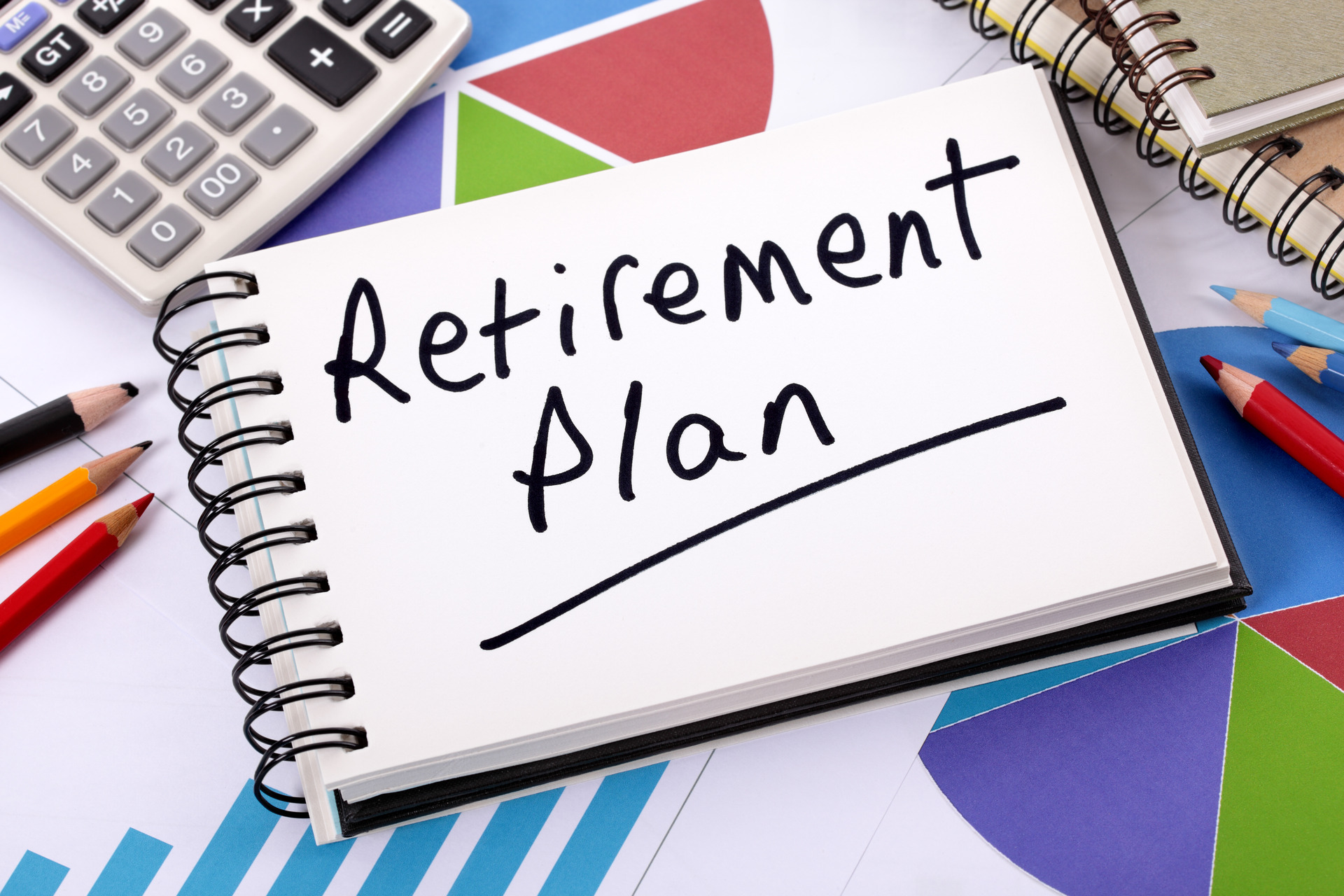
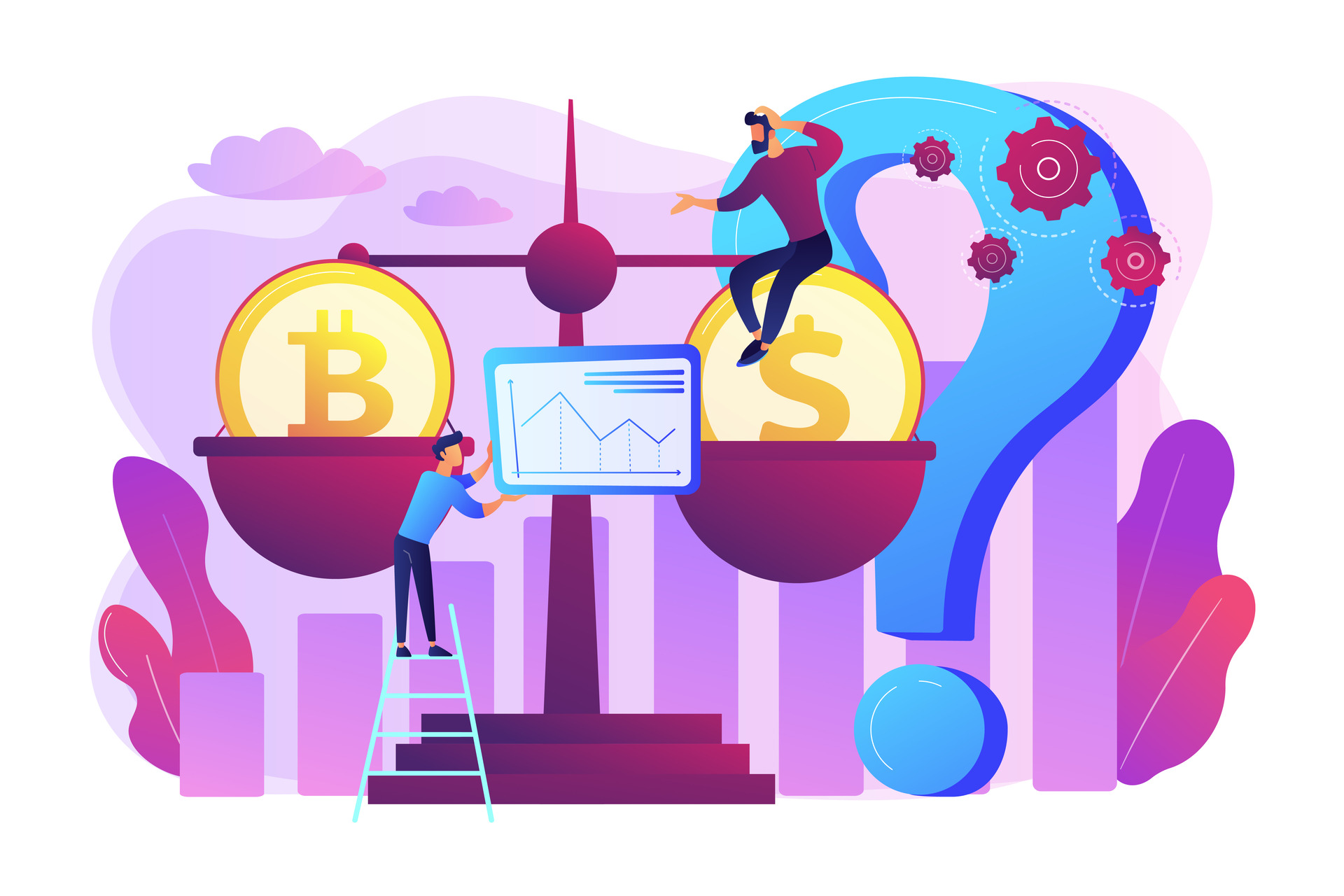
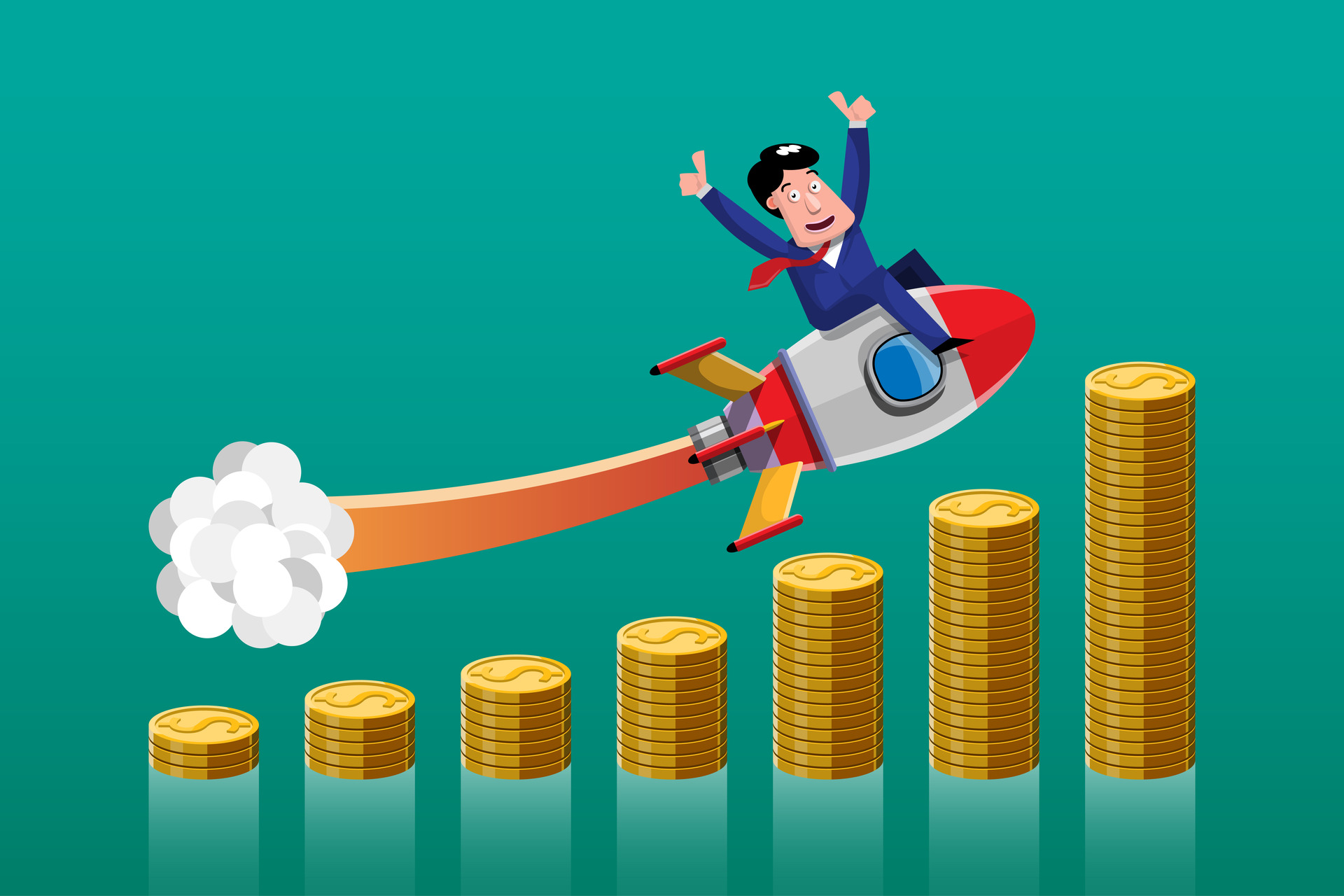
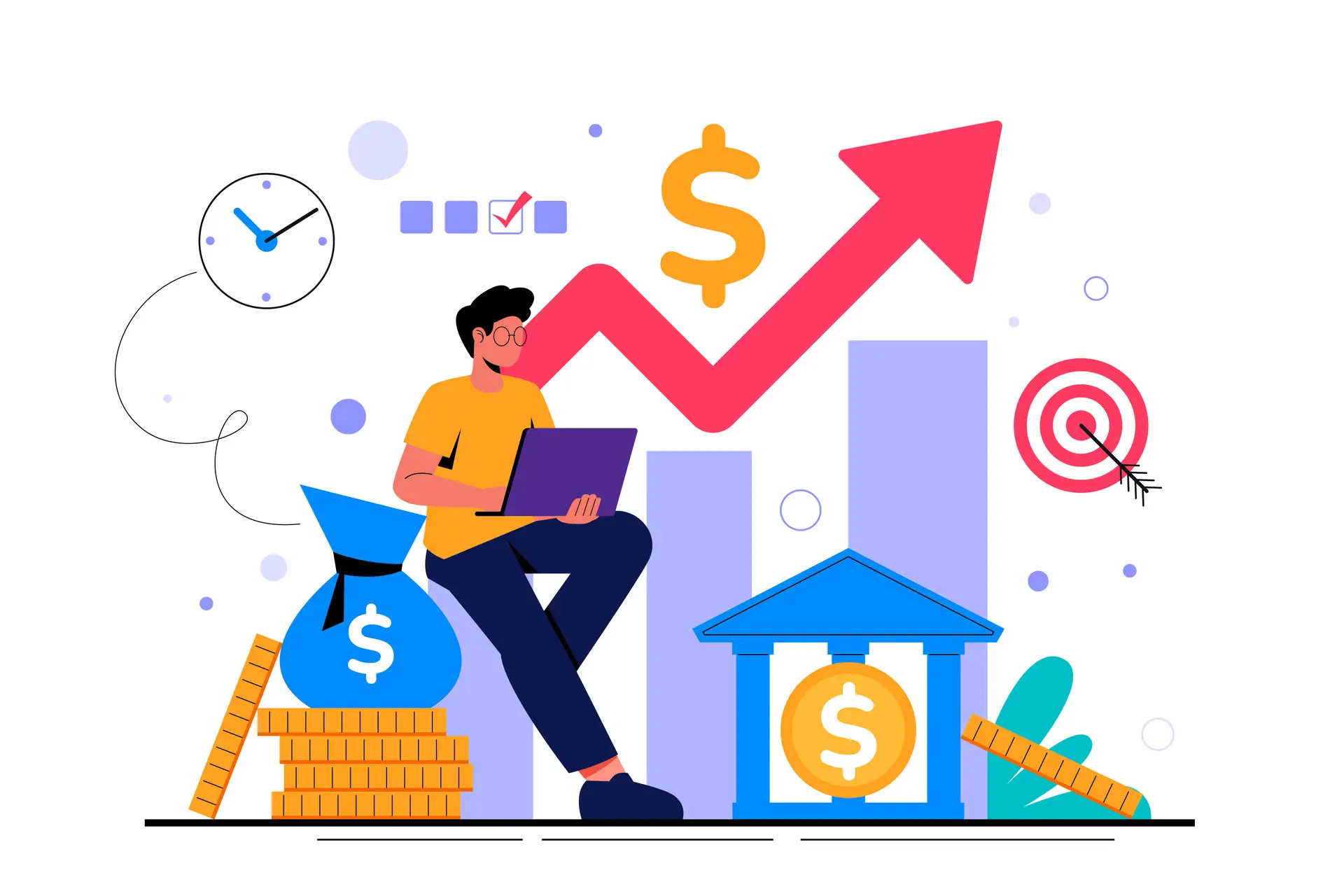








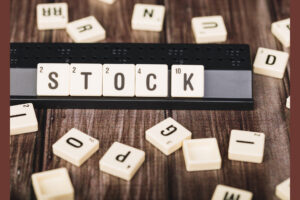
Post Comment